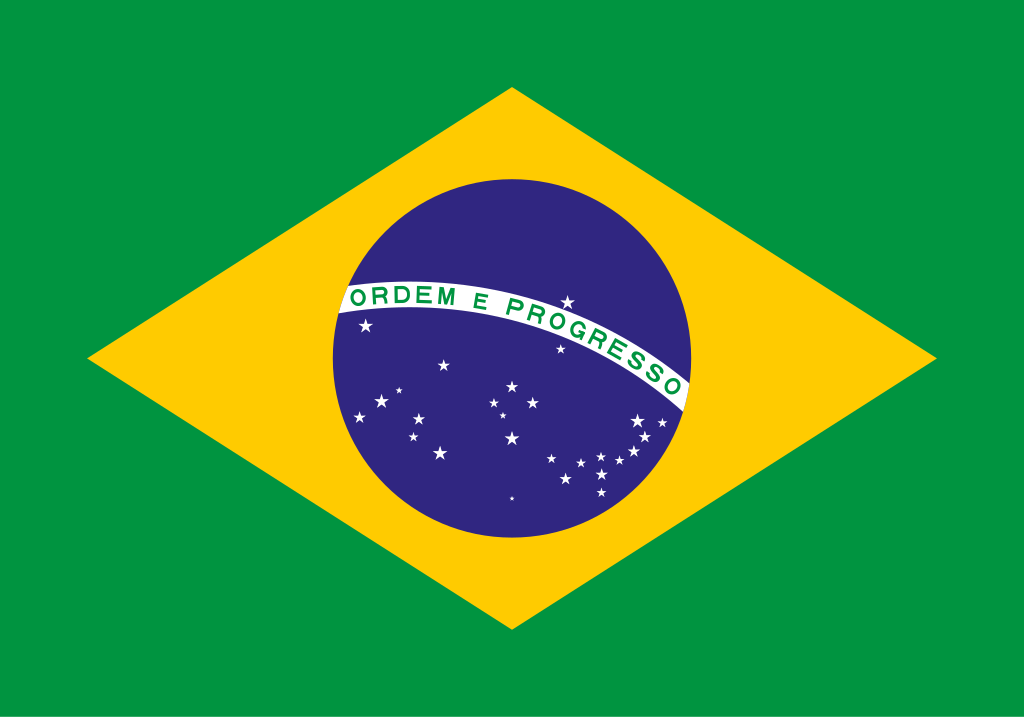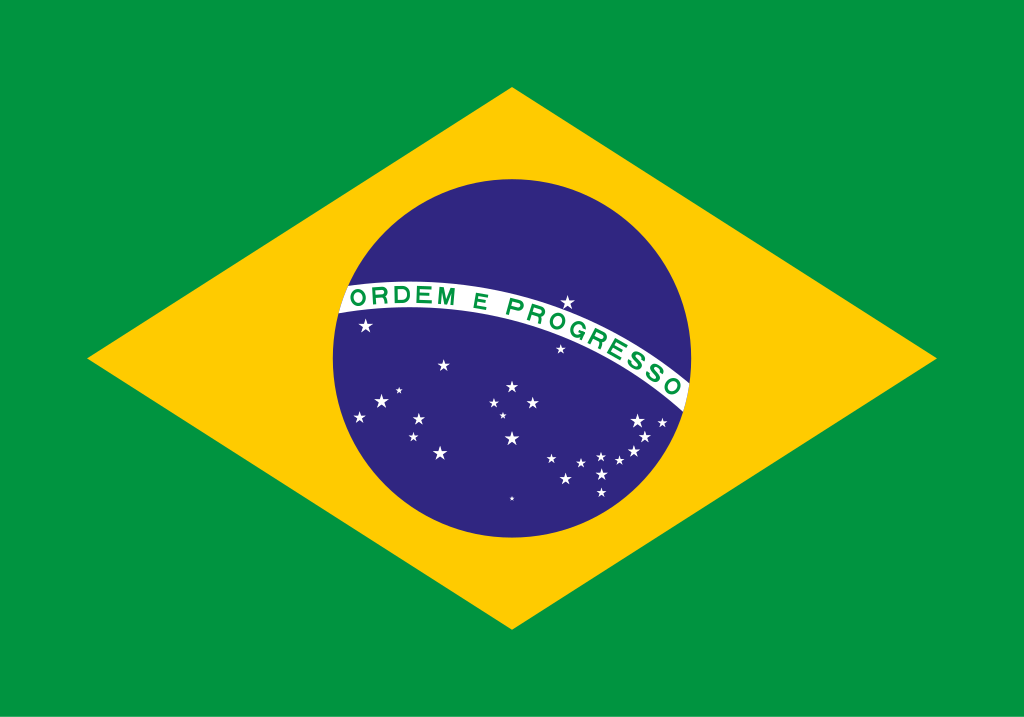Use of soil moisture active passive satellite data and WorldClim 2.0 data to predict the potential distribution of visceral leishmaniasis and its vector Lutzomyia longipalpis in Sao Paulo and Bahia states, Brazil

All claims expressed in this article are solely those of the authors and do not necessarily represent those of their affiliated organizations, or those of the publisher, the editors and the reviewers. Any product that may be evaluated in this article or claim that may be made by its manufacturer is not guaranteed or endorsed by the publisher.
Authors
Visceral leishmaniasis (VL) is a neglected tropical disease transmitted by Lutzomyia longipalpis, a sand fly widely distributed in Brazil. Despite efforts to strengthen national control programs reduction in incidence and geographical distribution of VL in Brazil has not yet been successful; VL is in fact expanding its range in newly urbanized areas. Ecological niche models (ENM) for use in surveillance and response systems may enable more effective operational VL control by mapping risk areas and elucidation of eco-epidemiologic risk factors. ENMs for VL and Lu. longipalpis were generated using monthly WorldClim 2.0 data (30-year climate normal, 1-km spatial resolution) and monthly soil moisture active passive (SMAP) satellite L4 soil moisture data. SMAP L4 Global 3-hourly 9-km EASE-Grid Surface and Root Zone Soil Moisture Geophysical Data V004 were obtained for the first image of day 1 and day 15 (0:00-3:00 hour) of each month. ENM were developed using MaxEnt software to generate risk maps based on an algorithm for maximum entropy. The jack-knife procedure was used to identify the contribution of each variable to model performance. The three most meaningful components were used to generate ENM distribution maps by ArcGIS 10.6. Similar patterns of VL and vector distribution were observed using SMAP as compared to WorldClim 2.0 models based on temperature and precipitation data or water budget. Results indicate that direct Earth-observing satellite measurement of soil moisture by SMAP can be used in lieu of models calculated from classical temperature and precipitation climate station data to assess VL risk.
How to Cite

This work is licensed under a Creative Commons Attribution-NonCommercial 4.0 International License.
PAGEPress has chosen to apply the Creative Commons Attribution NonCommercial 4.0 International License (CC BY-NC 4.0) to all manuscripts to be published.










